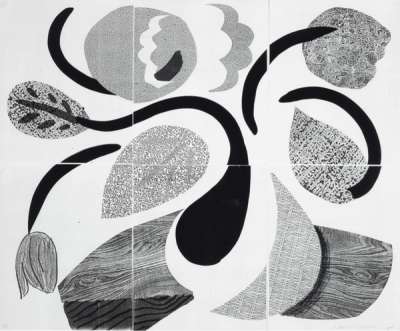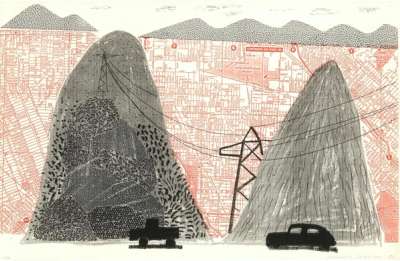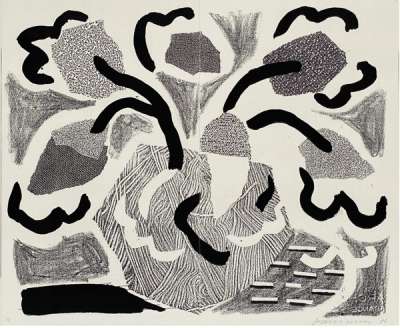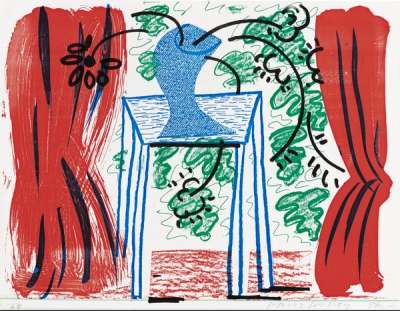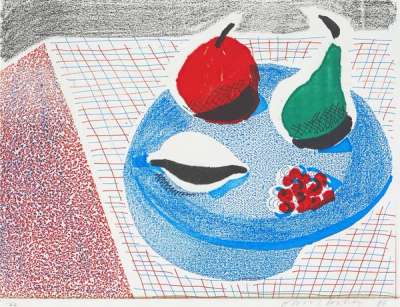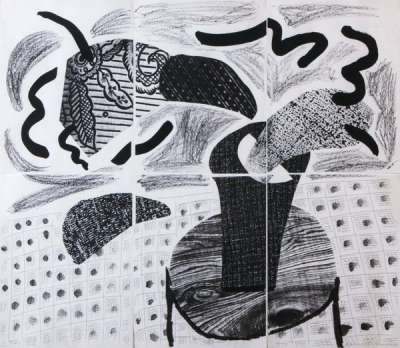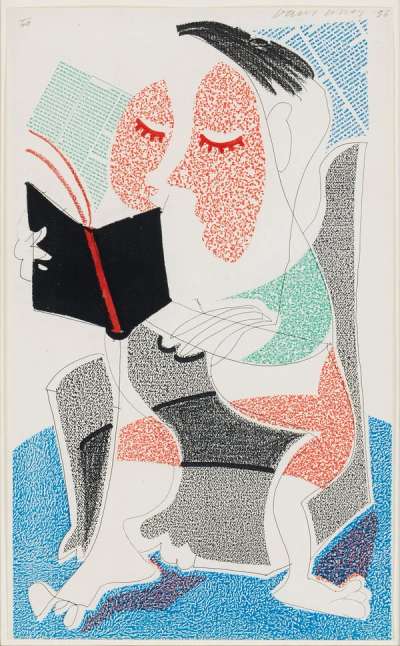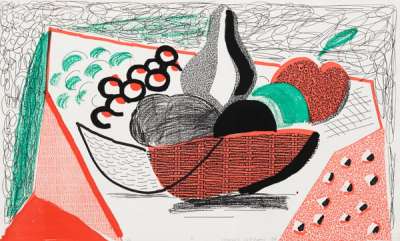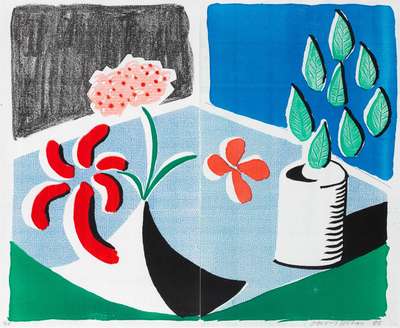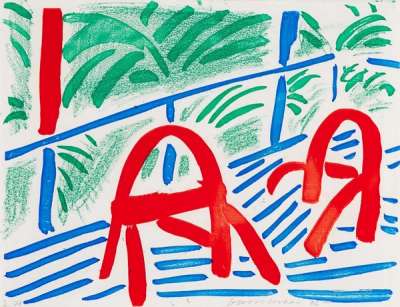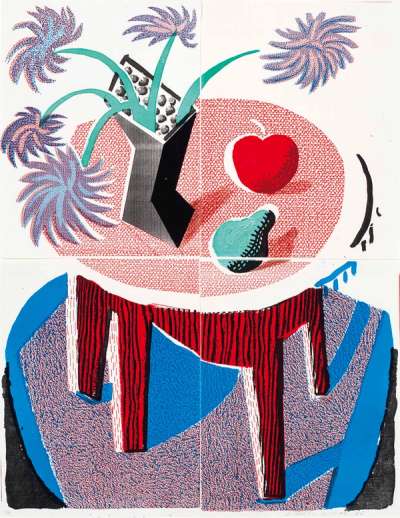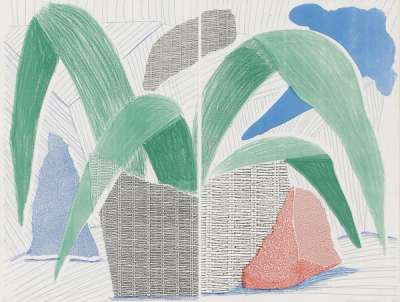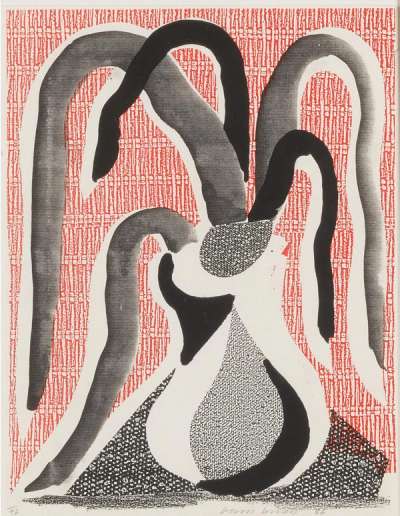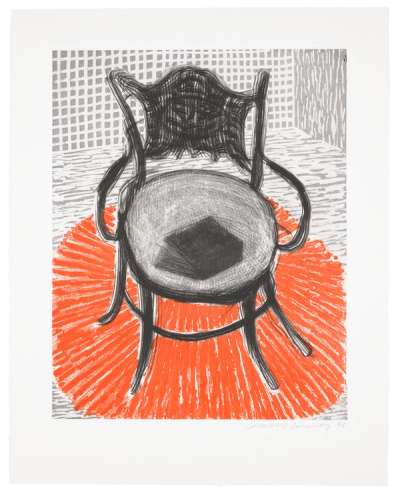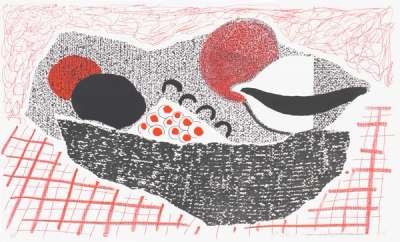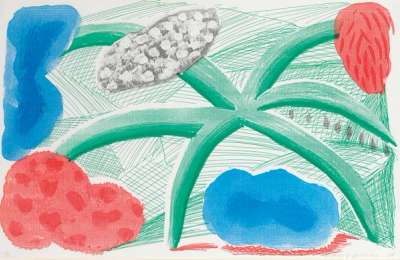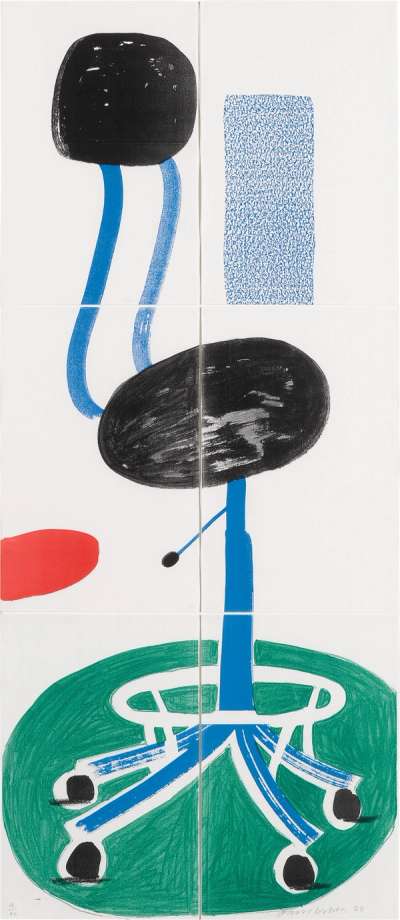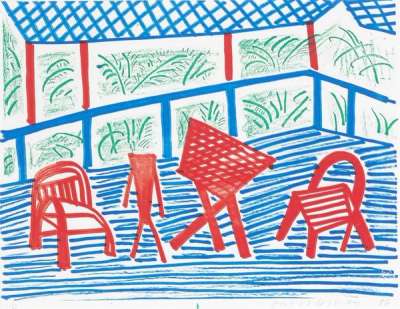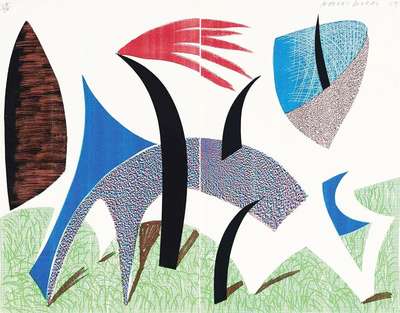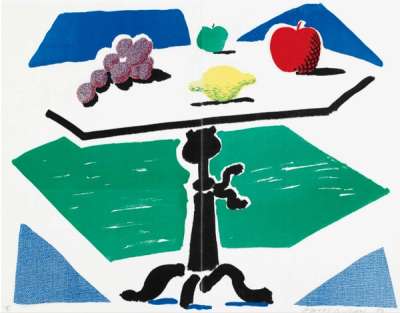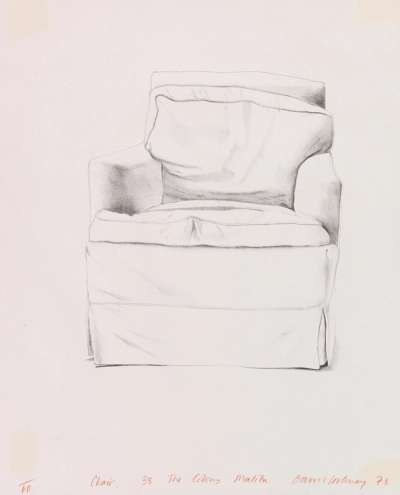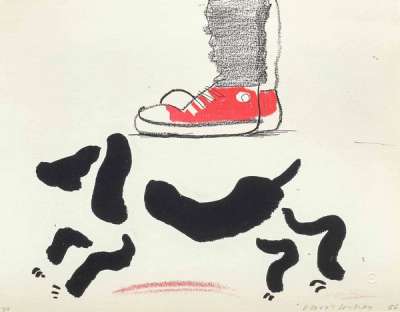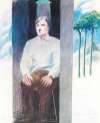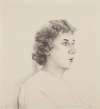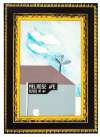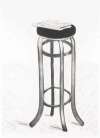Home
Made Prints
Having worked primarily with etching and lithography, David Hockney turned to photocopying in the late ‘80s in order to work quickly, spontaneously, and alone. Photocopiers are both cameras and automatic printing presses, thus they sparked Hockney’s eternal fascination with the ways of seeing cultivated by different art media.
David Hockney Home Made Prints For sale
Home Made Prints Value (5 Years)
With £122435 in the past 12 months, David Hockney's Home Made Prints series is one of the most actively traded in the market. Prices have varied significantly – from £1067 to £45000 – driven by fluctuations in factors like condition, provenance, and market timing. Over the past 12 months, the average selling price was £12243, with an average annual growth rate of 7.99% across the series.
Home Made Prints Market value
Auction Results
| Artwork | Auction Date | Auction House | Return to Seller | Hammer Price | Buyer Paid |
|---|---|---|---|---|---|
 Flowers Apple And Pear On Table David Hockney Signed Print | 24 Oct 2025 | Christie's New York | £13,600 | £16,000 | £21,000 |
 Celia With Chair David Hockney Signed Print | 7 Oct 2025 | Bonhams Los Angeles | £6,375 | £7,500 | £9,500 |
 Red, Blue And Green Flowers David Hockney Signed Print | 7 Oct 2025 | Bonhams Los Angeles | £10,200 | £12,000 | £15,000 |
 Green Grey Blue Plant July David Hockney Signed Print | 7 Oct 2025 | Bonhams Los Angeles | £8,075 | £9,500 | £12,500 |
 Chair, 38 The Colony, Malibu David Hockney Signed Print | 18 Sept 2025 | Phillips London | £3,740 | £4,400 | £6,000 |
 Lemons And Oranges David Hockney Signed Print | 17 Jul 2025 | Christie's New York | £5,525 | £6,500 | £9,000 |
 Mulholland Drive David Hockney Signed Print | 18 Jun 2025 | Christie's New York | £12,750 | £15,000 | £21,000 |
 Red Flowers And Green Leaves, Separate, May 1988 David Hockney Signed Print | 5 Jun 2025 | Rago | £9,775 | £11,500 | £16,000 |
Sell Your Art
with Us
with Us
Join Our Network of Collectors. Buy, Sell and Track Demand
Meaning & Analysis
Revolutionising printing through using an office photocopier here, Hockney’s Home Made Prints show his pushing artistic evolution and experimentation.
Hockney had been working primarily with etching and lithography when he turned to photocopying as a way of working quickly, spontaneously and alone. While he enjoyed the experience of collaborating with master printers such as Kenneth Tyler of Gemini to create series such as Friends, ultimately he preferred the agency that etching gave him by allowing him to draw directly onto a plate in much the same way as he would a sketchbook. However colour was still complicated with etching and required more time and effort. The photocopier offered an entirely new solution for an artist obsessed with technology and trying new things in order to advance his craft. Speaking in 1980 the artist stated, “I love new mediums … I think mediums can turn you on, they can excite you: they always let you do something in a different way”.
He began experimenting with photocopying when he bought three machines of the kind typically used in an office for his studio. Writing about this revolution in Hockney’s way of working for Print Quarterly in 1988, critic Craig Hartley said, “He realised that the machines were cameras which confined themselves to photographing flat surfaces. Unlike normal cameras they never tried to depict space.” This flattening of space was something Hockney had been concerned with ever since his first forays into photography and painting at art school and which continue to be important to him to this day. As well as being a camera, a photocopier is also an automatic printing press, a realisation which caused Hockney to begin experimenting. He soon found they were “fascinating printing machines, indeed they were a totally new kind of printing that offered the artist new areas and possibilities.” Here Hockney found the layers that were required by lithography had been removed, there was no need for a stone or a plate, he could draw or paint directly onto a sheet of paper and copy it, feeding the resulting sheet through again – and the ink cartridge swapped – to add the layers of colour. “The finished print”, Hartley writes, “is not simply a photocopy of something else, it can exist only in that form through the successive layers of printing.” As well as drawing onto the sheets Hockney photocopied a number of objects in order to create an impression of mixed media.
The method was a success and Hockney created a series of over 40 prints that are collected under the title Home Made Prints. Speaking of his newfound technique the artist said, “I can work with great speed and responsiveness. In fact this is the closest I’ve ever come in printing to what it’s like to paint: I can put something down, evaluate it, alter it, revise it, reexamine it, all in a matter of seconds.”

